Optimal Timing for Sunroom Installations
Timing for sunroom installations can impact project efficiency and durability. Understanding seasonal considerations helps in planning effectively for optimal results.
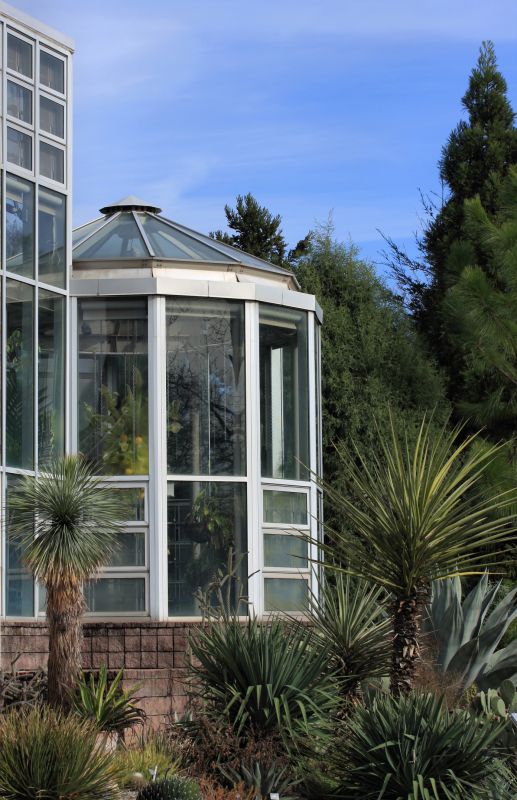
Spring offers moderate weather, making it ideal for installation projects with minimal weather disruptions.

Summer provides longer daylight hours and warm temperatures, facilitating quicker construction and curing times.

Fall allows for preparation for winter, with cooler temperatures that can prevent overheating during installation.

Winter is less common for installations due to cold weather, but in milder climates, it can be feasible with proper planning.
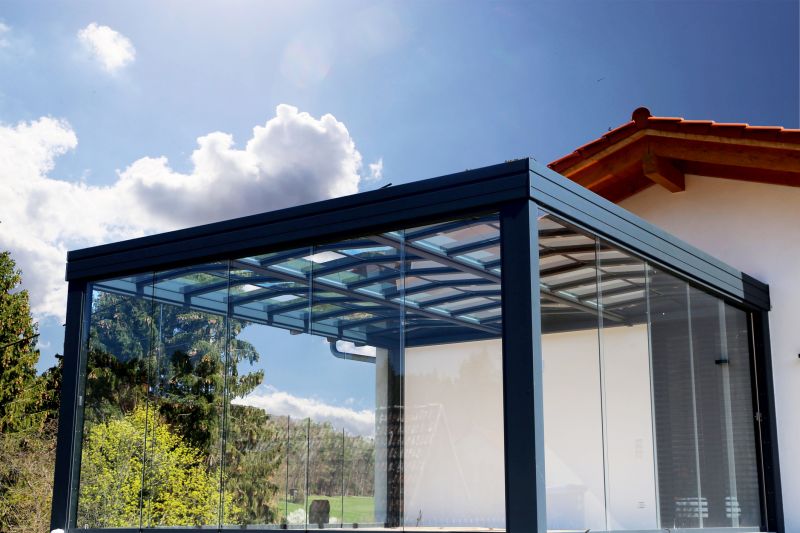
Planning installations during off-peak seasons can lead to better scheduling and cost savings.

Weather conditions significantly influence installation timelines, with clear days preferred for quality results.
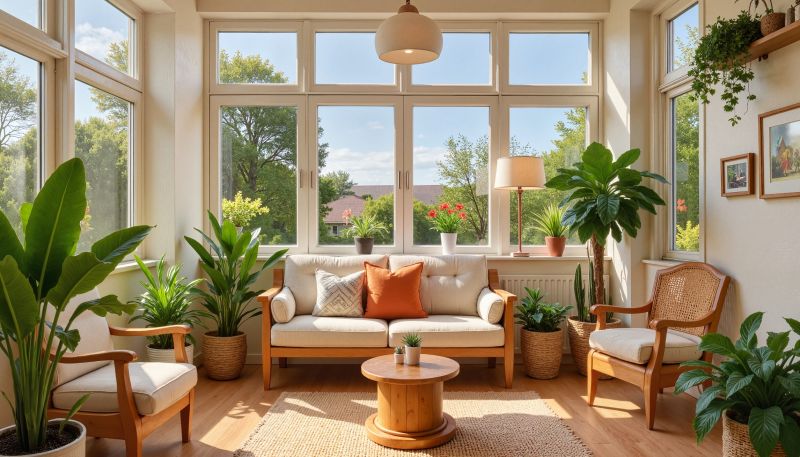
Ways to make Sunroom Installations work in tight or awkward layouts.
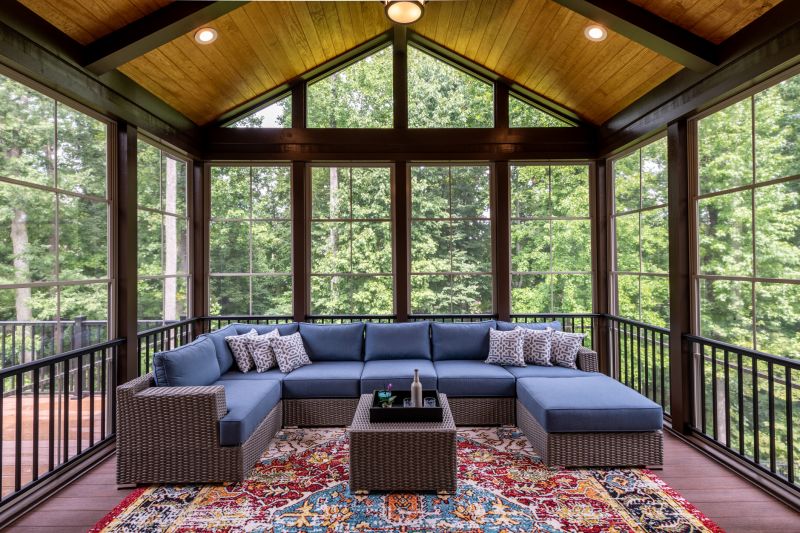
Popular materials for Sunroom Installations and why they hold up over time.

Simple add-ons that improve Sunroom Installations without blowing the budget.
Sunroom installations are popular additions that enhance living space and provide a connection to the outdoors. They can be constructed using various materials, including aluminum, vinyl, and wood, each offering different aesthetic and functional benefits. Proper timing ensures that the installation process is smooth, weather delays are minimized, and the final structure performs well over time.
Statistics indicate that spring and summer are the most common seasons for sunroom projects, accounting for over 60 percent of installations annually. This trend is driven by favorable weather conditions and longer daylight hours, which facilitate construction and curing processes. Planning ahead for seasonal weather patterns can improve project outcomes and reduce delays.
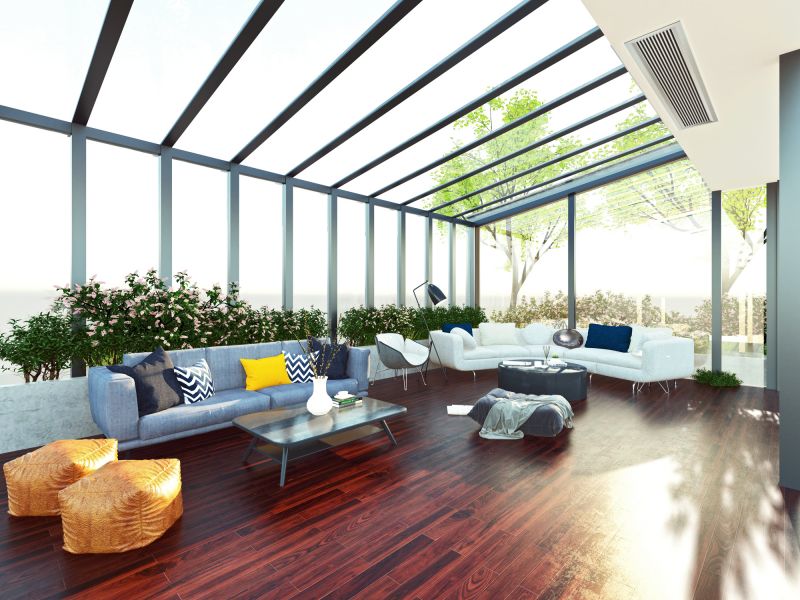
The framing process is critical and is best performed during stable weather conditions to ensure structural integrity.
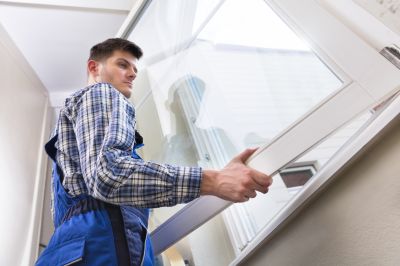
Proper fitting of glass panels is essential for energy efficiency and durability, often scheduled during moderate temperatures.
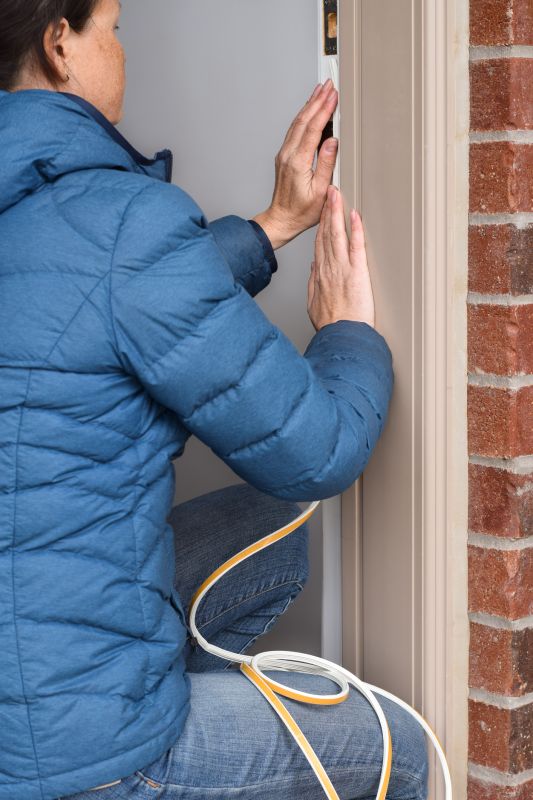
Final steps include sealing and finishing, which benefit from dry, warm weather to prevent moisture issues.
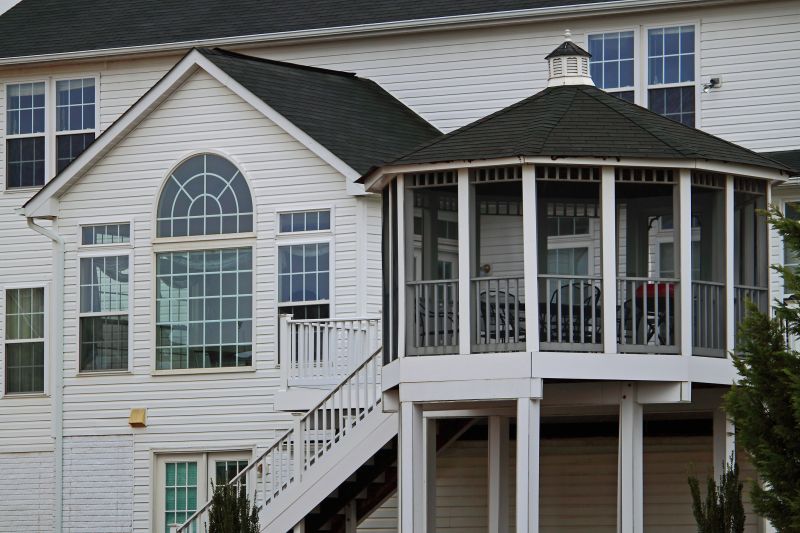
Design choices can be tailored to seasonal preferences, with options for retractable roofs or insulated panels.
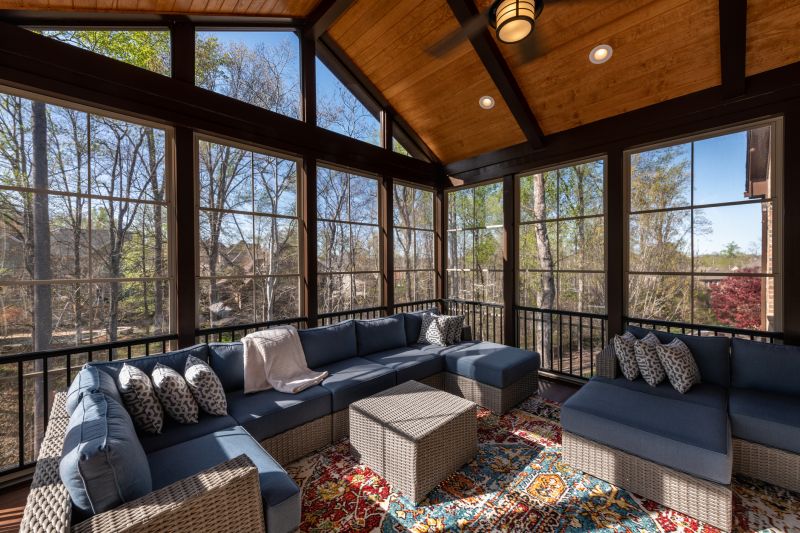
Typical sunroom projects take between 4 to 8 weeks, depending on complexity and weather conditions.
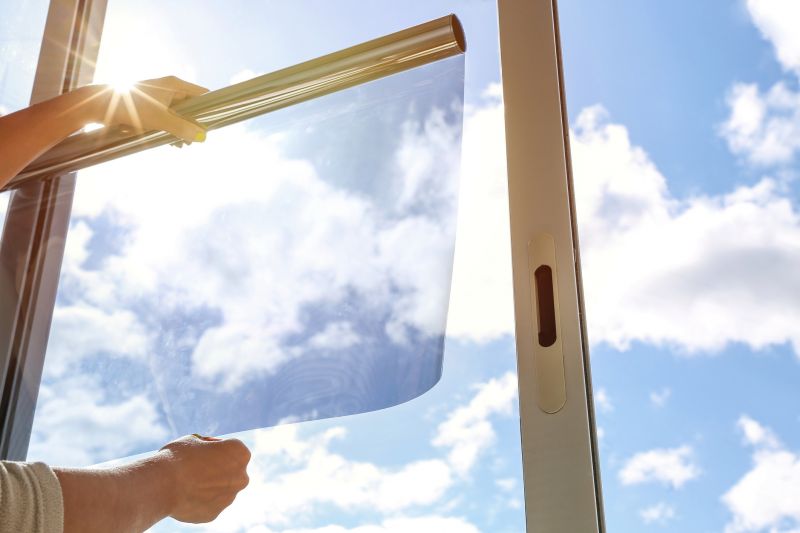
Material choice impacts installation timing; some materials require specific conditions for optimal installation.

Early planning and permitting are recommended to align with seasonal scheduling and avoid delays.

Inspection and adjustments are best scheduled after installation during periods of stable weather.
| Season | Optimal Installation Conditions |
|---|---|
| Spring | Moderate temperatures, longer days, minimal weather disruptions |
| Summer | Warm weather, longer daylight hours, faster curing |
| Fall | Cooler temperatures, ideal for preparation for winter |
| Winter | Limited in colder climates, feasible in milder regions with planning |
| Off-Peak Seasons | Potential for scheduling discounts and less crowded contractor availability |
High-end options that actually feel worth it for Sunroom Installations.
Finishes and colors that play nicely with Sunroom Installations.
Little measurements that prevent headaches on Sunroom Installations day.


